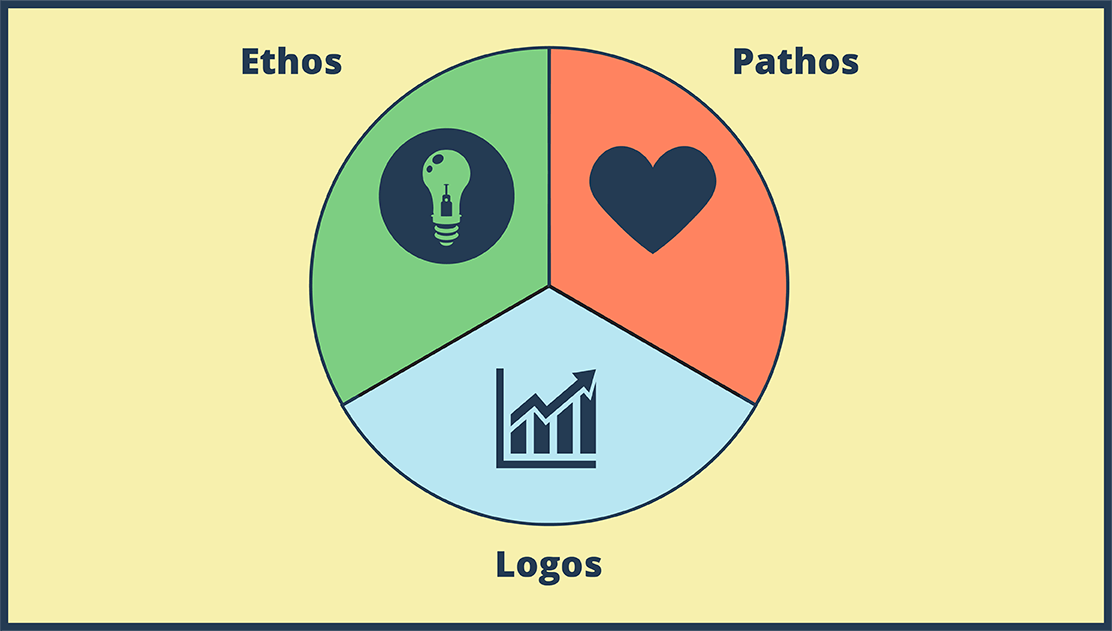How to Use a Protractor

आप इस स्टोरीबोर्ड को निम्नलिखित लेखों और संसाधनों में पा सकते हैं:

आकर्षक शैक्षणिक दृश्य बनाएं: किसी प्रक्रिया का आरेख कैसे बनाएं
अन्ना वारफील्ड द्वारा पाठ योजनाएं
दृश्यों के साथ निर्देशों और प्रक्रियाओं को बहुत आसानी से समझा जा सकता है। जब हम किसी प्रक्रिया को स्टोरीबोर्ड करते हैं या अनुक्रमिक आरेख बनाते हैं, तो हम असतत चरणों, कारण और प्रभाव, और अनुक्रम पर ध्यान केंद्रित कर सकते हैं।

अपने गणित वर्ग में Storyboard That का उपयोग करना
आधुनिक कक्षा के लिए दृश्य एड्स
Storyboard That आपकी गणित कक्षा में दृश्य शिक्षण को शामिल करना आसान बनाता है और आपके छात्रों के अनुरूप सामग्री रखता है। आसानी से अनुकूलन योग्य टेम्प्लेट आपको यह सुनिश्चित करने की अनुमति देते हैं कि आपके द्वारा छात्रों को दी जाने वाली वर्कशीट उनसे मिलती है जहां वे हैं और उन अवधारणाओं को चुनौती देते हैं जो वे अभी भी मास्टर करने के लिए काम कर रहे हैं।
'
हमारे कुछ अन्य शैक्षिक लेख देखें!
स्टोरीबोर्ड विवरण
How to Use a protractor graphic organizer - diagram a process
स्टोरीबोर्ड पाठ
- फिसलना: 1
- GAH! Math is so stupid! It doesn't make any sense!
- फिसलना: 2
- This protractor thing is impossible!
- फिसलना: 4
- Make sure the protractor is not backwards! It makes life so much easier if you can read the numbers.
- फिसलना: 5
- Before we measure, tell me if this is an acute, right, or obtuse angle.
- फिसलना: 6
-
- Acute?
- It IS acute, so that means it measures less than 90 degrees. We already know the answer is between 0 and 90 degrees!
- फिसलना: 7
- There are two parts of the protractor to help you get the angle in the right place: 1) an upside-down T at the bottom middle 2) the base line (0 degrees or 180 degrees)
- फिसलना: 8
- We want to place the protractor on top of the angle so the middle of the T is at the vertex.
- फिसलना: 9
- Rotate the protractor so the vertex of the angle is still at the T, but one leg of the angle is lined up with the 0 degree line.
- फिसलना: 10
- The line doesn't reach the numbers!
- That's OK. Don't you remember that definition about angles? Two RAYS with the same endpoint? Rays go on forever, so we can just extend the legs of the angle.
- फिसलना: 11
- The legs of the angle are extended, so we just need to read the numbers. Our options are 140 degrees or 40 degrees. Which is it?
- फिसलना: 12
- Acute angle! 40 degrees! Take that MATH!
- फिसलना: 0
- I will show you how to use it. Well, step 1...
- Maybe I can help.
30 मिलियन से अधिक स्टोरीबोर्ड बनाए गए
कोई डाउनलोड नहीं, कोई क्रेडिट कार्ड नहीं, और कोशिश करने के लिए किसी लॉगिन की आवश्यकता नहीं है!



